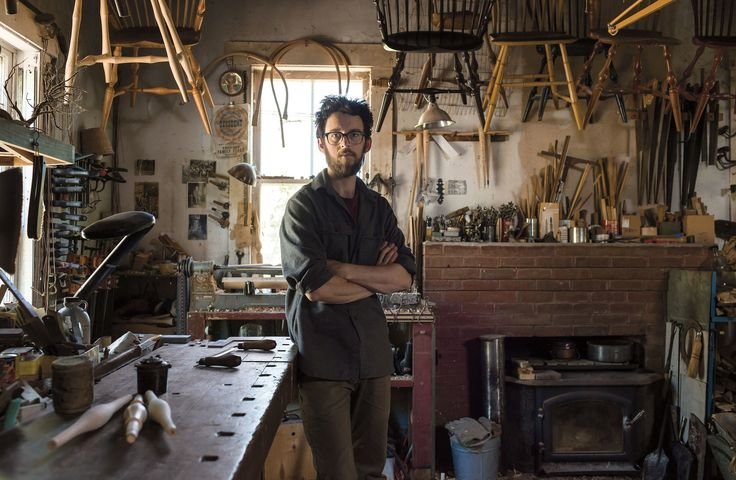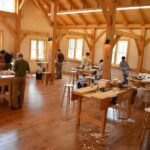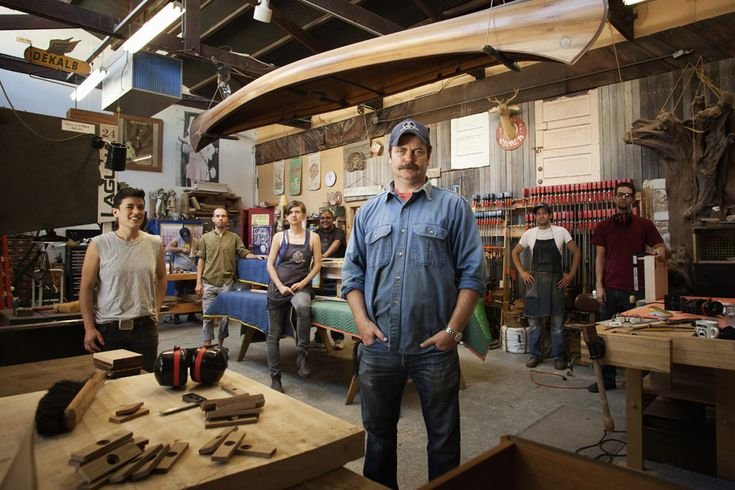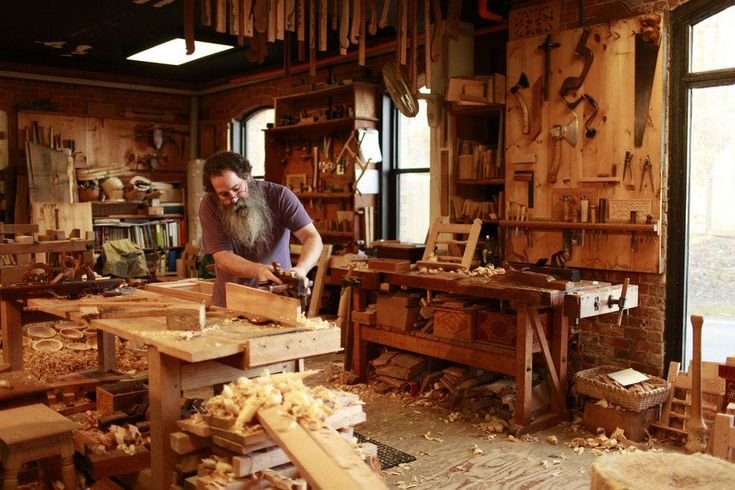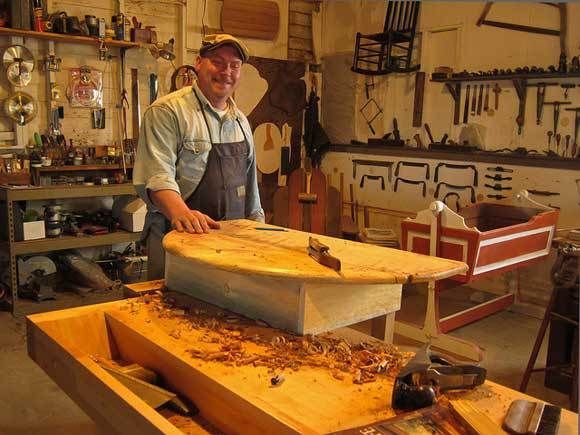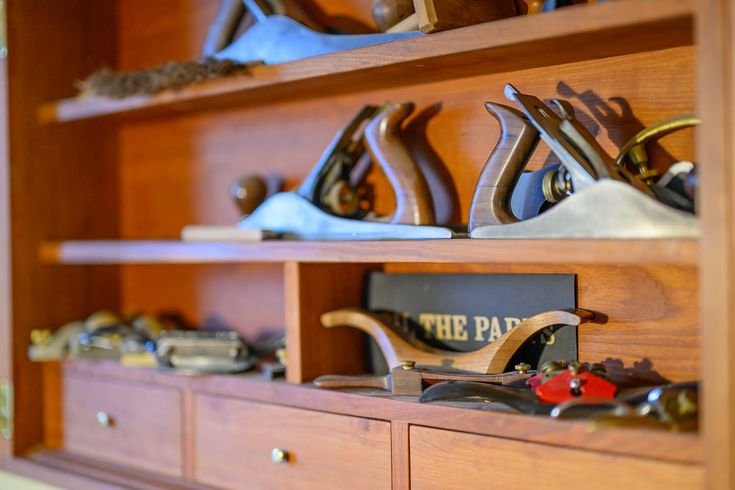A Tale of Ducting and Dust Bunnies
So, I was sitting in my garage the other day, wrench in one hand and a cup of coffee in the other, staring at my collection of woodworking machines like they were members of a dysfunctional family reunion. You know the feeling? Each one vying for attention while you’re just trying to make sense of it all. I had my trusty table saw humming away, a router eager for its turn, and that nagging dust collector sitting quietly in the corner like it was silently judging me.
Ah, the dust collector. The unsung hero—or so I thought. Let me tell you, I learned the hard way that having a good dust collection system is like having a good buddy who always has your back; when it’s working, you don’t realize how much you need it until it’s too late.
The Epic Dust Storm
Last spring, I decided it was high time to build a nice walnut coffee table for our living room. We had just painted the walls this warm shade of green—"Fern Green," or some fancy name like that—and I wanted a centerpiece that would make my wife smile. I picked up an amazing slab of walnut from the local lumberyard. Heaven knows how many somebodies had touched it before me, but when I ran my hands over that rich grain, I felt like I was holding a piece of art.
Anyway, I fired up all my machines, but trust me when I say I was a bit oblivious about how the ducting for my dust collector was set up. I had just kind of thrown it together last fall in a "let’s just get this done" kind of way—cobbled together with whatever ducting I could find at Home Depot.
Now, I’m not one to read the manuals, but in hindsight, I probably should have. The whole thing was a mess—too many bends, not enough suction—like trying to shove a whole watermelon through a coffee straw. I cut my boards, and just before I knew it, the air was filled with this fine walnut dust, like a fog rolling in over the mountains. I mean, I could literally see it swirling around in my dim garage light.
At that moment, I thought I’d just give it a few minutes to settle; maybe it was one of those things that would work itself out, right? But no. The dust stuck to me like an overzealous cat. I was looking down at my shirt and wondering if I was dressing for a lumberjack convention or a woodworking project.
You Know, Sometimes Things Go Wrong
Halfway into the project, I had practically dug a pit of sawdust around my feet. I laughed so hard when I realized that I had mistaken dust for wood shavings—I mean, I’ve had a few mishaps in my time, but this was like trying to make a nice peach pie without peaches. “What am I doing?” I half-yelled into the empty garage. My cat, Biscuit, stared at me like I was the wackiest human on earth.
There I was, with a gorgeous walnut table in progress, and my shop looked like a Tim Burton movie set—dark, mysterious, and full of dust bunnies that could likely suffocate an elephant. It was a moment where I almost gave up. Should I just call it a day and close up shop? But, you know, getting rid of that beautiful wood wasn’t an option.
So I paused to sip my coffee—strong enough to put hair on your chest— and thought about what I could do. I looked over at my ragged dust collector, and a light bulb flickered on. What if I tried to redo the ducting? I mean, it had literally been a makeshift setup, and I reckoned the improvements would pay off in the end.
DIY Ducting Adventures
Now, I’m no expert in ducting—my DIY skills have their limits, for sure—but I set out to make something that would do my machines justice. I headed back to the hardware store, armed with a sketch of my plan. You should have seen me; I was that guy in Home Depot, pushing my cart like it was a sleek sports car, ready to race. I snagged some smoother bends, a few new hose clamps, and—gasp—a proper mainline.
When I got home, I decided to chronicle the ducting adventure by recording it on my phone. Picture this: me crawling around the garage, sweating and grunting like a bear, trying to fit those awkward angles like a puzzle piece. At one point, I accidentally knocked over a stack of lumber, causing a domino effect that made it look like a woodstock concert gone horribly wrong.
The Sweet Victory
Finally, after what felt like a lifetime, I had it all connected. I’d never be the poster child for ducting, but it looked halfway decent, maybe even somewhat professional—or at least as good as I could manage. I plugged in the dust collector and gave it a go. My heart raced, and for the first time, it didn’t sound like a dying elephant.
I turned on the table saw, and, oh man, I could actually see the dust being sucked into the collector as if my tools had all finally agreed to play nice together. I couldn’t help but grin—there’s something so satisfying about seeing chaos resolved in a swirl of sawdust being whisked away.
Lesson in the Dust
That coffee table turned out beautiful; I even felt a little proud when I finally brought it into the living room. My wife loved it, and I felt like a real craftsman for once.
But more than that, I learned that sometimes, you’ve got to stop and assess the situation. If I’d just trudged on without fixing that ducting mess, I might have ended up with a dusty defeat rather than a gleaming centerpiece.
So, if you’re diving into woodworking, don’t skimp on the ducting. I mean it. It’s not just about the woodworking; it’s about enjoying the process without getting buried in sawdust. If you’re in a jam, just take a breather. Sometimes the biggest victories come after the most troublesome moments.
Honestly? I wish someone had told me that sooner. So here I am, sipping coffee in my garage again. I’ve got some new projects on the horizon, but this time, I’ll be ready to greet them with clear air and an even clearer head.

